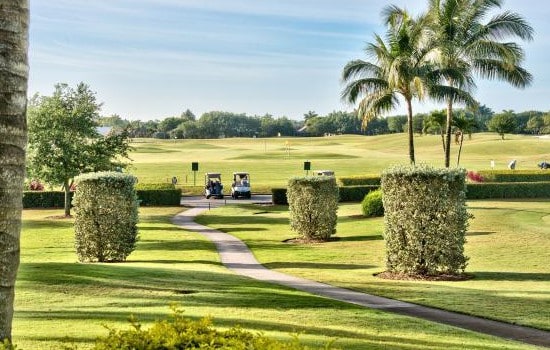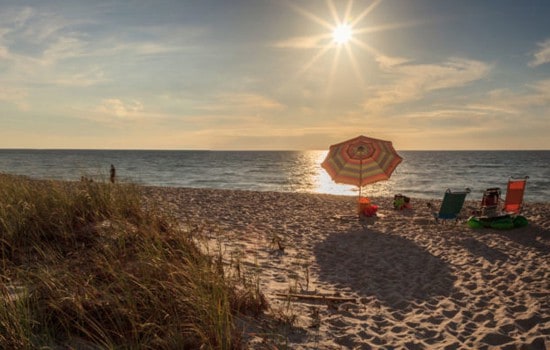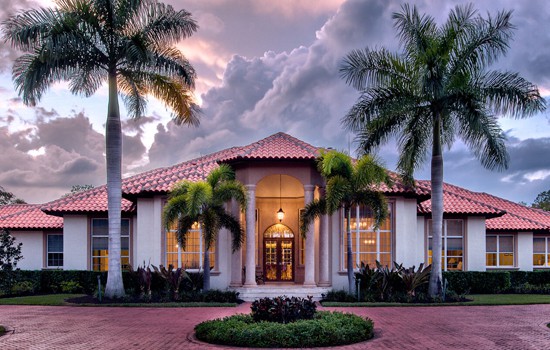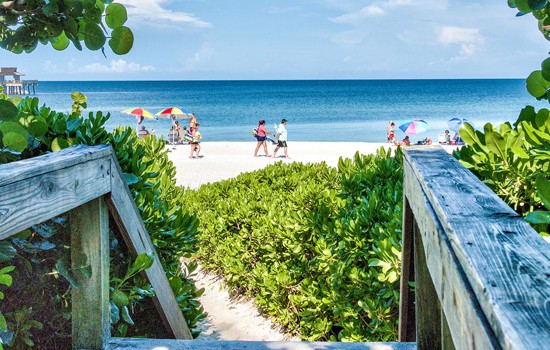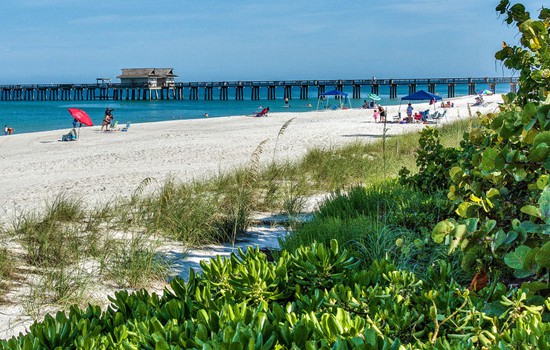Manatees are one of the most beautiful creatures in the ocean. If you go to Florida, you will want to go and see them for yourself.
The Southwest Florida coast is one of the most fascinating ecologies in the world, offering rare plants, animals and birds from the legendary ghost orchid to the West Indian manatee.
Manatee Facts, Information & Pictures
The U.S. Fish and Wildlife Service has produced several videos on interacting with manatees, whether it’s by swimming/snorkeling, boating or kayaking. There’s even information that’s specifically for photographers and videographers.
Here are ten interesting facts about manatees that you want to know.
1. Environmental and Eating Habits
They’re usually found in the shallow waters on the coast and the rivers. They feed on mangrove leaves, algae and sea grass. They spend nearly half of a day eating, since they eat 10% of their body’s weight each day. Since they weigh as much as 1,200 pounds they have to eat a lot.
2. Sea Cows
Manatees are also known as sea cows. This name is apt, due to their large stature; slow, lolling nature; and propensity to be eaten by other animals. However, despite the name, they are more closely related to elephants.
3. Adaptable
West African and West Indian manatees live in between fresh and salty water. They can maintain the right balance in the bodies through a regulation system working with their kidneys to ensure that the concentration of salt is never overly high. It’s believed the West Indian manatee need to access freshwater so that they can be hydrated, but it’s easy for them to move between the two systems.
4. Not Fat
West African and West Indian manatees need warm water. They have lower metabolic rates and not a lot of fat protection, they live water that’s at least 60 degrees. Even though the manatees look like they’re insulated with fat, manatees’ large bodies are made up mostly of their intestines and stomach. In the colder months, they migrate to the warmer waters. In Florida in 2010 a minimum of 246 manatees died because the water was colder than normal.
5. Breathing
Manatees come to the water’s surface every 3-5 minutes so that they can breathe even though they’re able to remain below the water longer and can hold their breath as long as 20 minutes. Breathing for manatees means that they are replacing 90% of their lungs’ air as compared with humans who only replace around 10%.
6. Teeth
There are one set of baby teeth in humans and when one of our adult teeth is lost or hurt, we have to go to the dentist. But a manatee is continuously replacing the teeth that they have throughout their life. The older tooth falls out and then it’s replaced with a newer one.
7. Mermaids
Early explorers such as Christopher Columbus though they saw female figures that were in the water. They called them mermaids. But the truth is chances are that they saw the manatees.
8. Young
A single calf is born to a female manatee every 2-5 years. The calf will remain with its mother and nurse for 2 years. The teats are found where the manatee’s forward limbs connect to its body. Calves also begin nibbling on some plants when they’re just several weeks old.
9. Vertebrae
Most mammals have seven vertebrae in their necks. There are only two mammals that are known to have an unusual number – manatees and tree sloths. Manatees only have six vertebrae and it’s thought to have to do with the animal’s slow metabolism.
10. No Natural Enemies in Wild
There are no natural enemies to the manatees in the wild. However, humans have had a big part in threatening them with extinction. Approximately fifty percent of the deaths of the West Indian manatee are due to humans and it happens most of the time due to collisions with boats. Manatees don’t swim fast and are often struck by speeding boats since they can’t get out of the way fast enough.
5 Great Places to See Florida Manatees
Manatees cruise the waters of Florida between April and October. But when the temperature drops, they head to warm water places like Florida springs and near electrical power plants where warm water is discharged into streams.
1. Three Sisters Springs, Crystal River
Three Sisters Springs is a world-renowned sanctuary for the West Indian Manatee during the winter; however, at the refuge you can see many native and migratory species year-round.
2. Blue Spring State Park, Orange City
Blue Spring State Park covers more than 2,600 acres, including the largest spring on the St. Johns River. Blue Spring is a designated manatee refuge and the winter home to a growing population of West Indian Manatees.
3. TECO Manatee Viewing Center, Apollo Beach
The Manatee Viewing Center was soon born. Today, Big Bend’s discharge canal is a state and federally designated manatee sanctuary that provides critical protection from the cold for these unique, gentle animals.
4. Lee County Manatee Park, Fort Myers
Manatee Park is a non-captive warm water refuge for the Florida Manatee. Optimum viewing months are late December, January, and February when the gulf temperature is below 68F.
5. Merritt Island National Wildlife Refuge, Titusville
Merritt Island’s National Wildlife Refuge is open from sunrise to sunset daily. The Visitor Information Center is open from 8-4 Monday-Saturday. The refuge does not close for rocket launches.
Conclusion
Manatees are amazing mammals and they’re so relaxing to watch swim. If you have the chance to go and see manatees, you want to take advantage of it. They are truly fascinating creatures.
Planning a Trip to Florida?
After seeing Florida’s manatees, return to the beauty and comfort of a home from Naples Florida Vacation Homes. We have a wide selection of homes located all over the Naples area. Whether you’re hoping to squeeze in a few rounds of golf during your visit or you’d like to relax by a private pool, you’ll find the perfect home to fit your needs.
Check out our rentals and book today! We look forward to having you.




